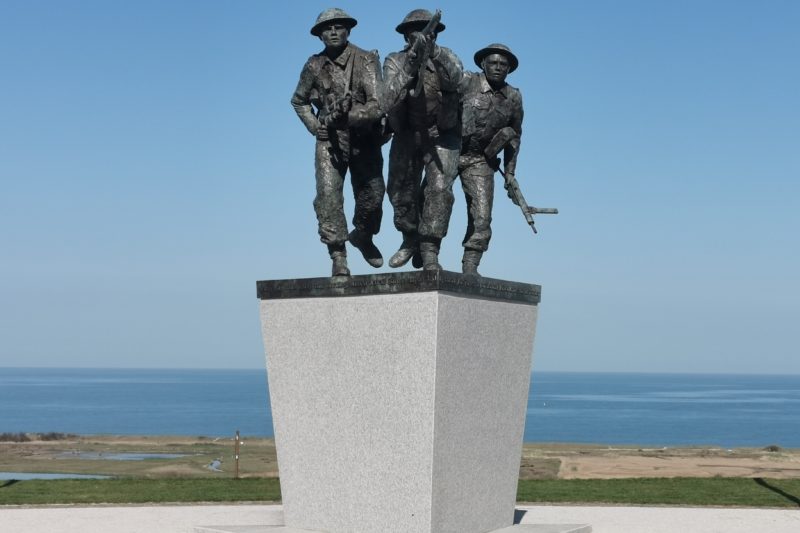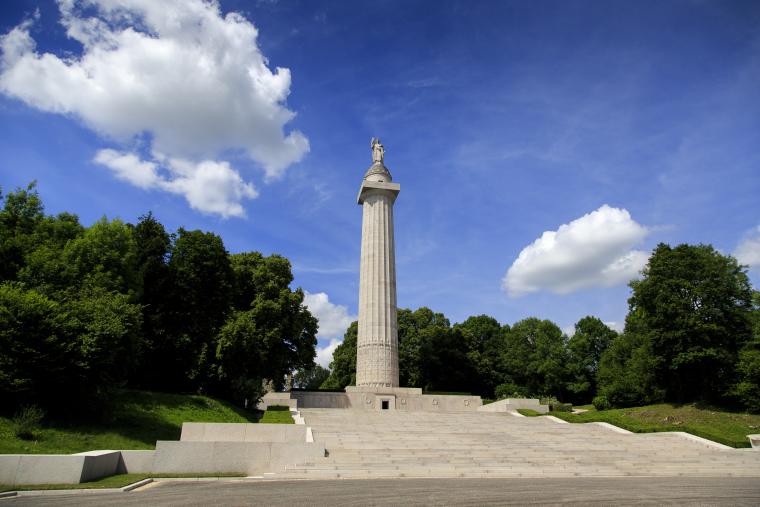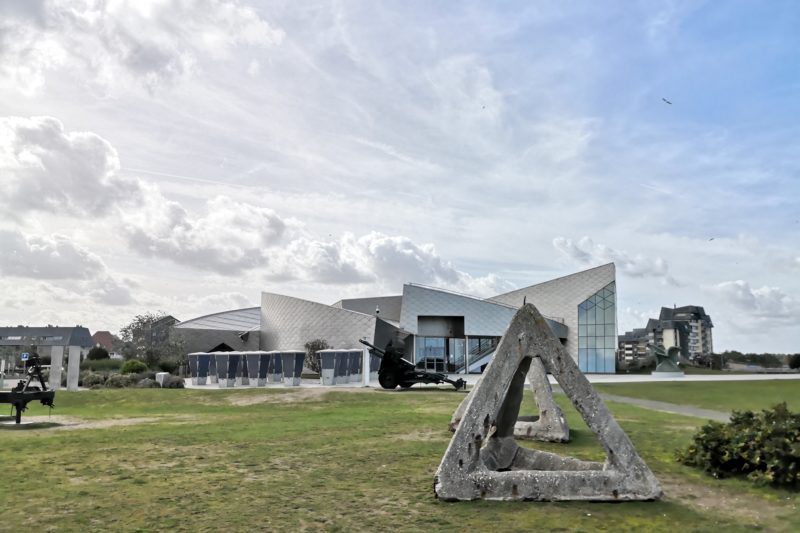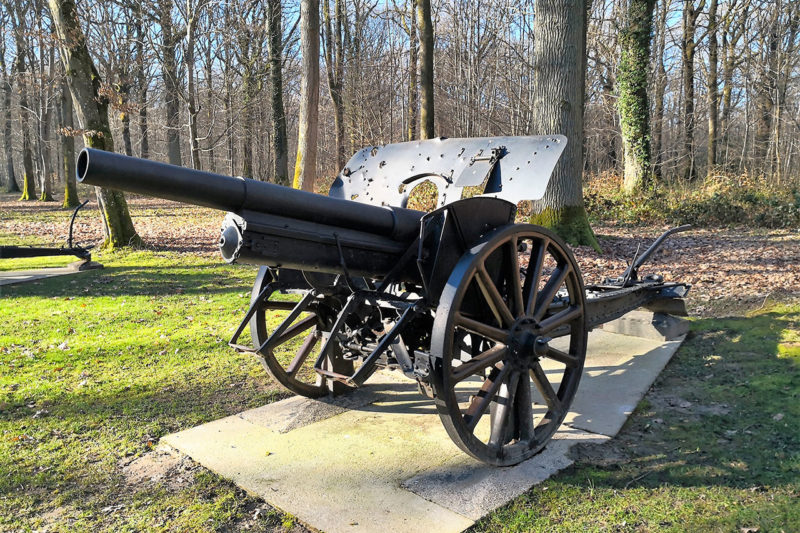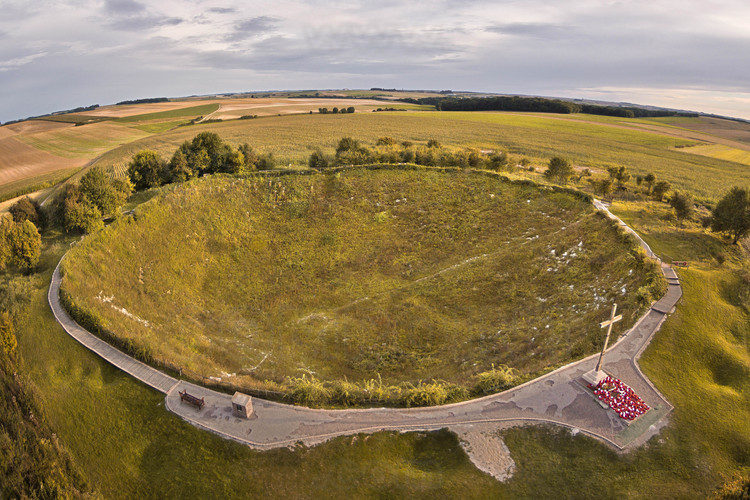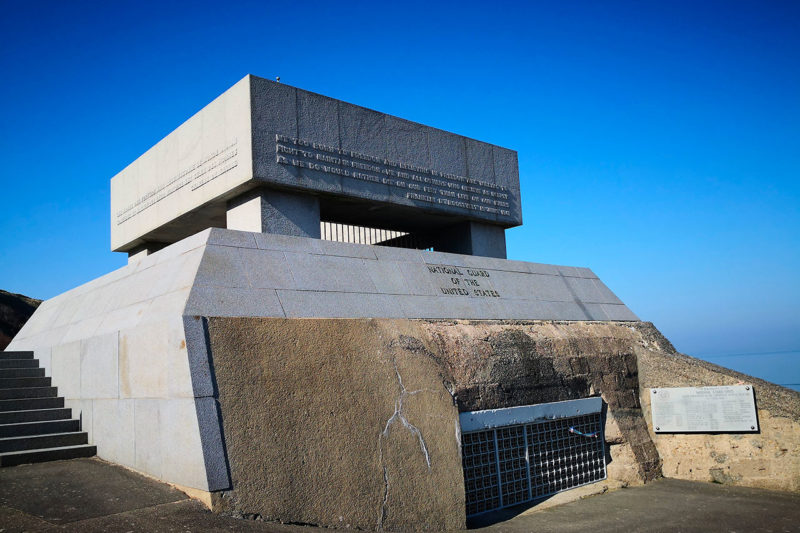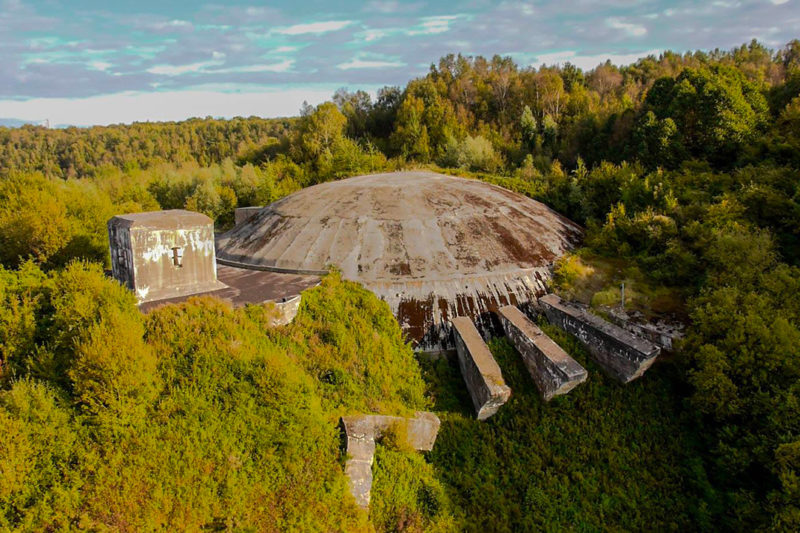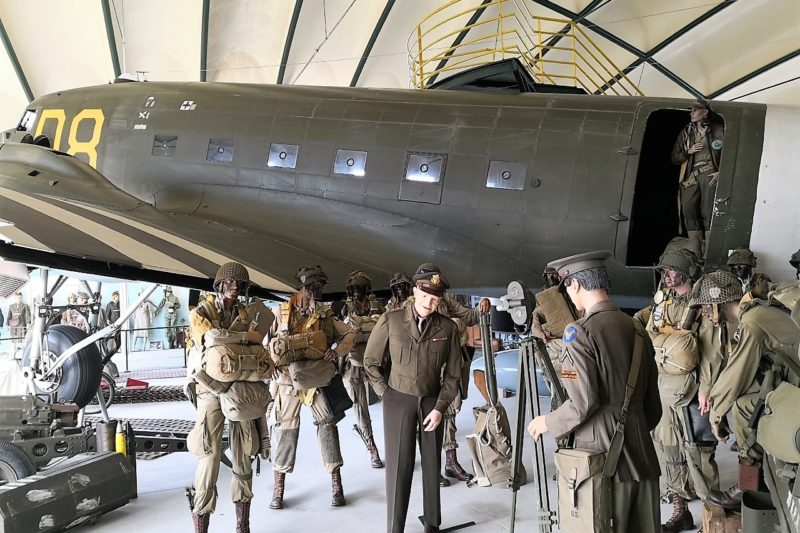Tour code : VIMY VIP
WW1 Vimy Battlefields 1917
Cabaret Rouge British Cemetery, Vimy Memorial Park, Arras Historical city
Day Trip From Paris to the WW1 Vimy Ridge and Arras 1917 Battlefields including hotel pick-up and Drop-off (read Tour Description)
Travel with your own group tour aboard a Minivan (max 7 participants)
- Information
- Tour Description
- Location
- Gallery
- Similar Tours
DETAILS PRICES
- 2 travellers = 800 € (400 € per person)
- 3 travellers = 960 € (320 € per person)
- 4 travellers = 1120 € (280 € per person)
- 5 travellers = 1200 € (240 € per person)
- 6 travellers = 1320 € (220 € per person)
- 7 travellers = 1400 € (200 € per person)
HIGHTLIGHTS
- Travel aboard a minivan with your own group !
- Roundtrip transportation by minibus included
- Guided tour to WWI sites in Arras and Vimy Ridge from Paris
- Walk along the original WW1 trenches at Vimy Memorial Park
- See scars of the battle such huge landmine craters
- Pay your respect to the fallen commonwealth soldiers at Cabaret-Rouge British Cemetery
- Browse thousands of war-objects collected and displayed at the Vimy Visitor Centor
- Explore the flemish architecture style and historical buildings of Arras’ city
THE PRICE INCLUDES
- Private tour
- Hotel pick-up and drop-off in Paris (read Tour description)
- Travel aboard an air-conditioning Minivan vehicle (Max 7 participants)
- Driver/guide (english speaking)
- Guided tour of Vimy Ridge site
- Free time in Arras
THE PRICE DOES NOT INCLUDES
- Food and drinks, unless specified
- Gratuities (optional)
- Pickup at your hotel location in Paris
- Introduction
- STOP 1 - Cabaret Rouge British Cemetery (30mn)
- STOP 2 - Canadian National Vimy Memorial (02 hrs)
- STOP 3 - FREE TIME IN ARRAS (01h30mn)
- STOP 4 - Monchy Le Preux Newfoundland Memorial (15mn)
- Return and drop off at your hotel location in Paris
As you booked a Private tour, the driver guide will pick you up around 06:15 am at your hotel location in Paris.
You will travel aboard a comfortable and air-conditioning minivan (7 passengers max).
Expected time for being pickup at your hotel: From 06 :00 am till 06 :30 am
Due to new traffic rules in Paris which ban on the majority of vehicular traffic crossing the city center in 2024, Hotel Pick-up and Drop-off would be operated only in the following listed Paris districts: 75008, 75007, 75006, 75005, 75016, 75015 and 75014.
If your are staying in others Paris districts (instead of the listed ones above), the meeting point for the tour (pick-up and drop-off) will be done in front of the following adress:LIDO DE PARIS 116 Av. des Champs-Élysées, 75008 Paris
Enclosed a map of the new project regarding cars traffic in Paris for 2022.The Battle of Vimy Ridge was part of the Battle of Arras, in the Nord-Pas-de-Calais region of France, during the First World War. The main combatants were the four divisions of the Canadian Corps in the First Army, against three divisions of the German 6th Army. The battle took place from 9 to 12 April 1917 at the beginning of the Battle of Arras. The Canadian Corps were to capture the German-held high ground of Vimy Ridge, an escarpment on the northern flank of the Arras front.
Come and join us for a day of remembrance and discover this large and very flat areas of farming lands. War cemeteries are standing everywhere in the fields and forever will testimony of the violence and bloody battles of the Great War.
To start your journey, you will be pickup by the driver guide aboard a comfortable minivan directly at your hotel location in central Paris at 06H40 in the morning. Leaving Paris, we are now heading towards the Pas de Calais' Region (North of France) wich is Located at only 2hours drive away from the french capital.
This tour will also give you the opportunity to see the whole stretch of the front line of the battle of Arras 1917 (From 9 April to 16 May 1917).
"Cabaret Rouge" was a small, red-bricked, red-tiled café that stood close to this site in the early days of the First World War. The café was destroyed by shellfire in March 1915 but it gave its unusual name to this sector and to a communication trench that led troops up the front-line. Commonwealth soldiers began burying their fallen comrades here in March 1916.
The cemetery was used mostly by the 47th (London) Division and the Canadian Corps until August 1917 and by different fighting units until September 1918. It was greatly enlarged in the years after the war when as many as 7,000 graves were concentrated here from over 100 other cemeteries in the area.
For much of the twentieth century, Cabaret-Rouge British Cemetery served as one of a small number of ‘open cemeteries’ at which the remains of fallen servicemen newly discovered in the region were buried. Today the cemetery contains over 7,650 burials of the First World War, over half of which remain unidentified.
The Canadian Connection
of over 70 officers of the Royal Flying Corps and Royal Air Force. Cabaret Rouge has a particularly close connection with the Canadian Infantry, however, as hundreds of Canadians who were killed at the Battle of Vimy Ridge in April 1917 were ultimately laid to rest here.
The cemetery and shelter buildings were designed by former Canadian Army officer Frank Higginson. Higginson worked as an architect for the Commonwealth War Graves Commission in the 1920s and later acted as Secretary to the Commission.
In May 2000 the remains of an unknown Canadian soldier were taken from this cemetery and buried in a special tomb at the foot of the National War Memorial in Ottawa, Canada. A focal point for remembrance, he represents more than 71,000 Canadians who lost their lives during the First World War. A headstone in plot 8, Row E, Grave 7 marks his original grave.
The Canadian National Vimy Memorial is a war memorial site in France dedicated to the memory of Canadian Expeditionary Force members killed during the First World War. It also serves as the place of commemoration for Canadian soldiers of the First World War killed or presumed dead in France who have no known grave. The monument is the centrepiece of a 100-hectare (250-acre) preserved battlefield park that encompasses a portion of the ground over which the Canadian Corps made their assault during the initial Battle of Vimy Ridge offensive of the Battle of Arras.
The Battle of Vimy Ridge was the first time all four divisions of the Canadian Expeditionary Force participated in a battle as a cohesive formation, and it became a Canadian national symbol of achievement and sacrifice. Wartime tunnels, trenches, craters, and unexploded munitions still honeycomb the grounds of the site, which remains largely closed off for reasons of public safety. Along with preserved trench lines, several other memorials and cemeteries are contained within the park.
Situated adjacent to the Canadian National Vimy Memorial, the Vimy Foundation Centennial Park is intended to be a space for reflection and discussion on the legacy of the decisive First World War battle.
Set on 1.6 hectares of former farmland adjacent to the Canadian National Vimy Memorial, the park features 100 oaks planted in four concentric circles, representing the four Canadian divisions that fought together for the first time at Vimy. Paths and benches throughout provide a view to the Vimy monument, while a sculpture of a bugler, designed by Canadian artist Marlene Hilton Moore, calls to its twin at CFB Borden near Barrie, Ontario, where many of the soldiers who fought at Vimy trained.
Arras is Pas-de-Calais third most populous town after Calais and Boulogne-sur-Mer. The town counted 43,693 residents in 2012. Arras is located 182 kilometers (113 miles) north of Paris and can be reached in 2 hours by car. It is the historic center of the former Artois province. Its local speech is characterized as a patois. The city of Arras is well known for its architecture, culture, and history. It was once part of the Spanish Netherlands, a portion of the Low Countries controlled by Spain from 1556 to 1714.
Each year Arras attracts thousands of visitors, who explore the city's architecture and historic buildings. Some attractions include the splendid Town Hall and its Belfry (listed as an UNESCO World Heritage Site since 15 July 2005), the "Boves" (a maze 10 m (33 ft) beneath the city), the Squares (La Place des Héros and La Grand'Place), the Vauban Citadel, and the Nemetacum site (the ancient town founded by the Romans 2000 years ago).The Canadian National Vimy Memorial is just outside the town.
Arras remained under Habsburg rule from 1493 until 1640 when it was captured by the French. The Spanish ceded it by the peace treaty in 1659 and it has since remained French. The Union of Arras was signed here in January 1579 by the Catholic principalities of the Low Countries that remained loyal to King Philip II of Habsburg; it provoked the declaration of the Union of Utrecht later the same month.
In 1917, a series of medieval tunnels beneath the city, linked and greatly expanded by the New Zealand Tunnelling Company, became a decisive factor in the British forces holding the city particularly during that year's Battle of Arras. By the end of World War I, the city was so heavily damaged that three-quarters had to be rebuilt.
The memorial commemorates an encounter that took place during the Arras offensive in which the British First and Third Armies attacked eastward from Arras on a 22-kilometre front. The 88th Brigade, the brigade in which the Royal Newfoundland Regiment was serving, was to execute a two-battalion attack against an objective known as Infantry Hill. The Royal Newfoundland Regiment, commanded by Lieutenant-Colonel James Forbes-Robertson, was on the right and the 1st Essex Battalion on the left.
At 5:30 a.m. on 14 April 1917 the Germans pressed their counterattack, and soon advanced to the edge of Monchy-le-Preux capturing the trenches from which the 1st Essex Battalion and Royal Newfoundland Regiment had launched their attack.Total casualties for the Royal Newfoundland Regiment numbered 460. 166 were killed or died of wounds, 141 were wounded and 153 became prisoners. The 1st Essex Battalion fared no better and suffered 602 casualties of which 400 were taken prisoner. The heroic action of these ten men, who never thought they would survive 15 minutes, let alone 11 hours stopped the British planners from major embarrassment. The planning of this action was so inept that had they been successful they would have occupied an extreme salient covering a lot of ground. Far too much territory for the number of men sent out. As well the planners forgot to occupy the village in case of a counter attack.
The village had been a hard won victory of the 37th Division only 3 days before. If those 10 men failed the Germans would have literally walked into Monchy and taken over. And considering Monchy's importance to the overall success of the Battle of Arras, this makes the mistake all the more incredible.
The Monchy-le-Preux Memorial is one of five erected in Europe by the Newfoundland government following the First World War. It is one of four in France, with the others at Beaumont-Hamel, Gueudecourt and Masnières. The fifth stands at Courtrai/Kortrijk in Belgium. The memorials are all bronze caribou, the emblem of the Royal Newfoundland Regiment designed by British sculptor Basil Gotto.

